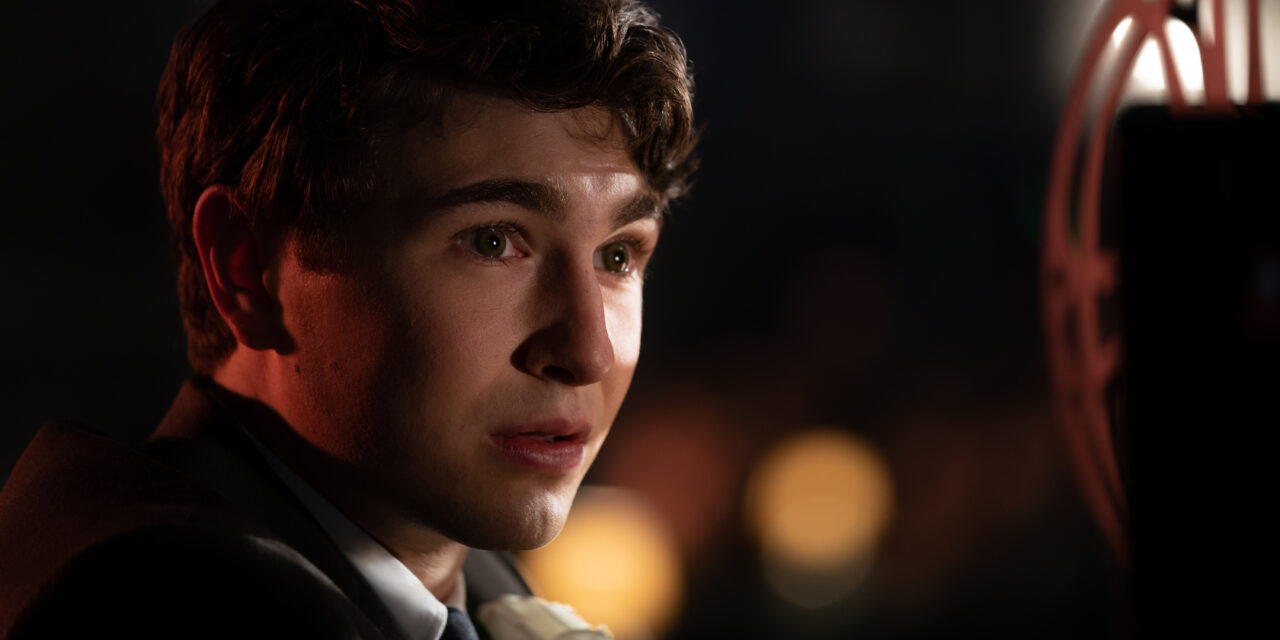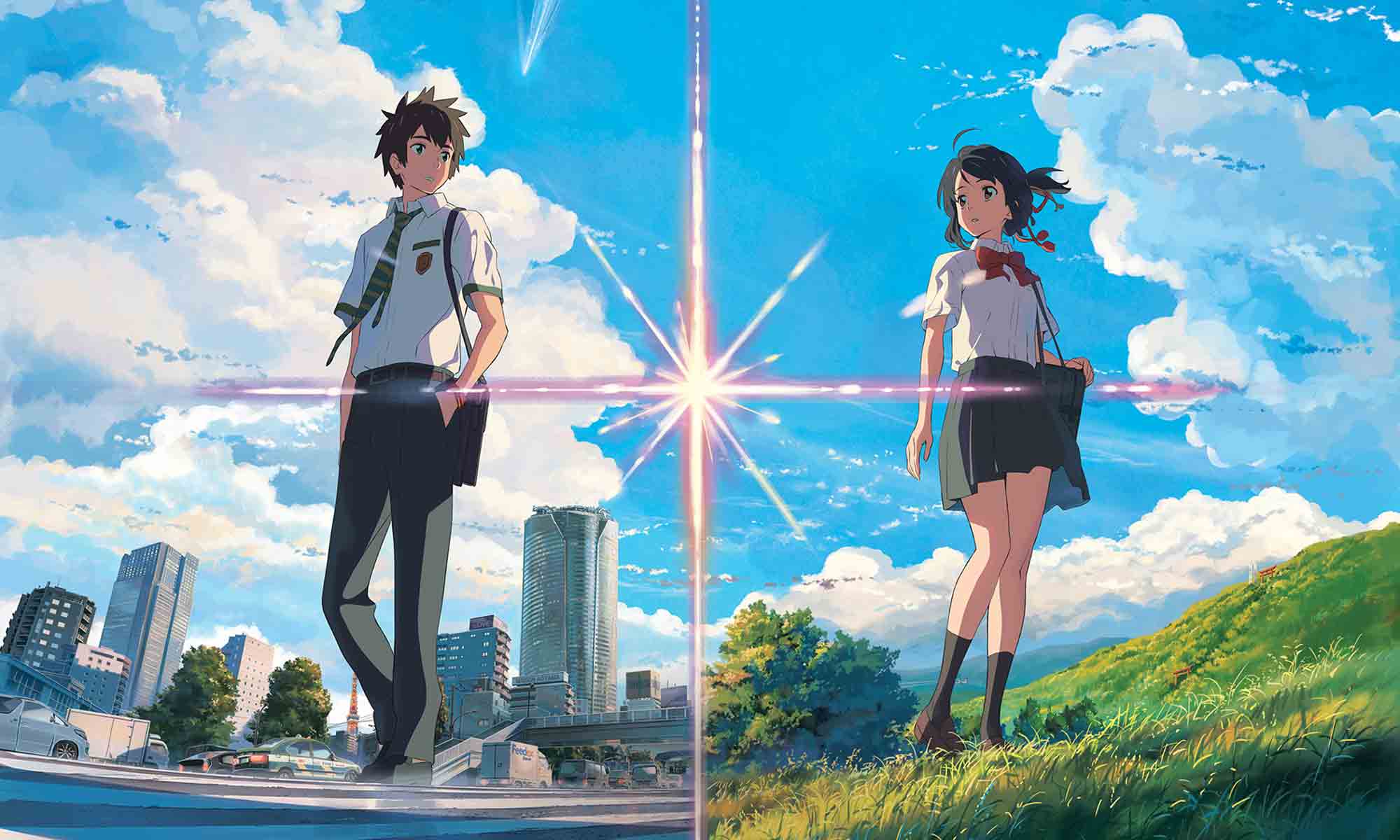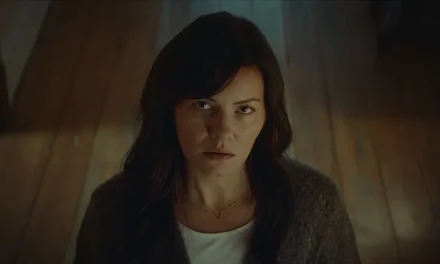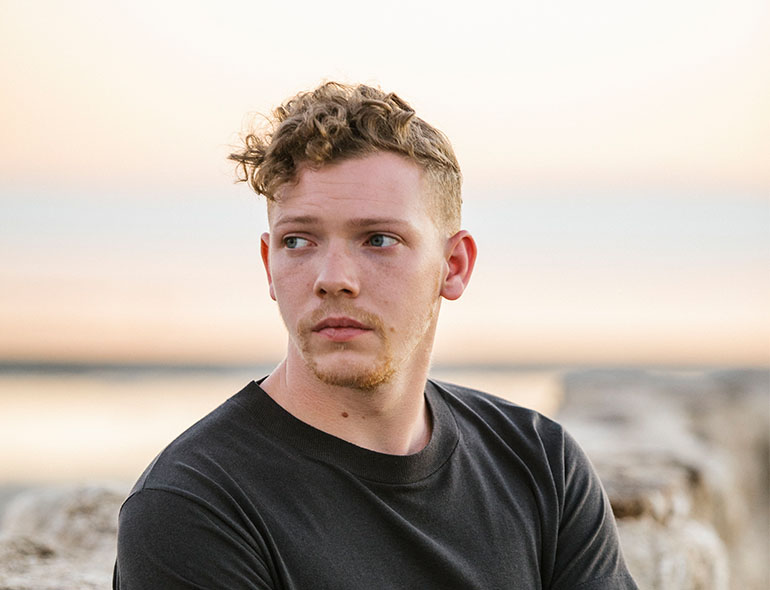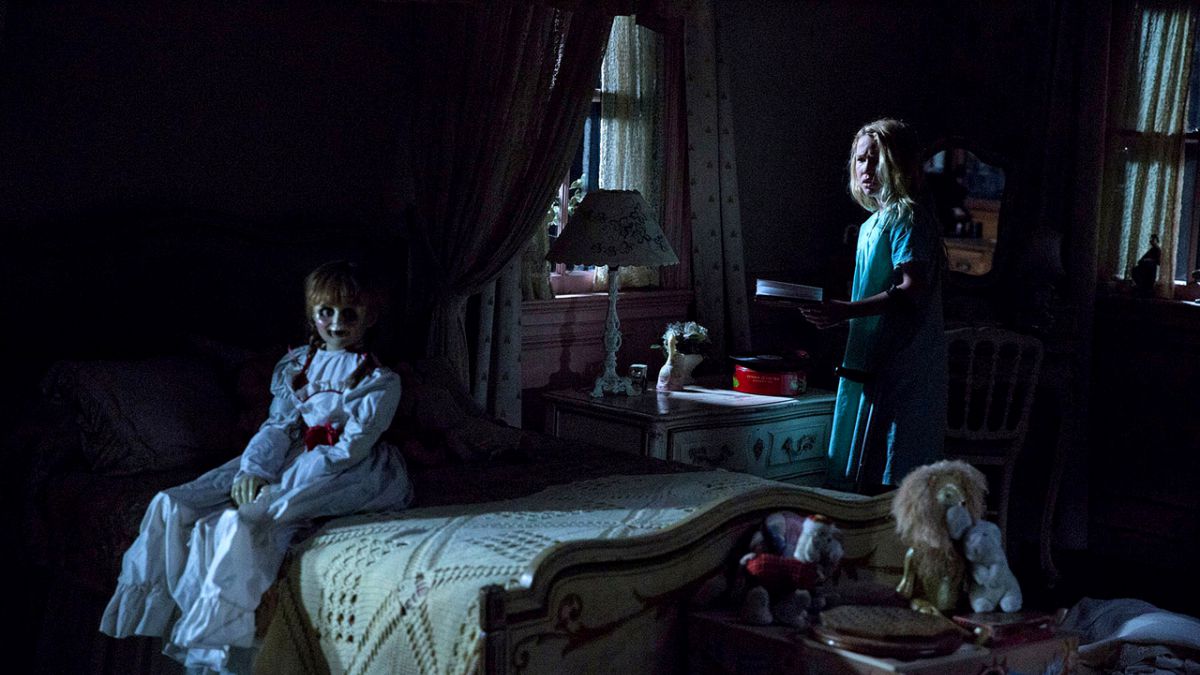The Fabelmans sees director Steven Spielberg compose a story loosely based on his upbringing with the same wonder and care as his previous films, ranging from E.T. and Close Encounters of the Third Kind. Instead of looking at marvelous unknowns beyond the stars, Spielberg elects to bring audiences to get to know his first love — filmmaking. Films bring out an array of emotions within us — we laugh, cry, become frightened, and learn things we may not have through conventional means. Creatives can mold these stories like clay. Sometimes, that beautiful art runs up against the realization that life is random and, more often than not, heartbreaking. Just as complicated as it can be to piece a narrative together, the same speaks to people and how they can evolve past one another.
When we first meet The Fabelmans, it’s outside a movie theater in post-World War 2, 1952, New Jersey. A young Sammy (Mateo Zoryon Francis-DeFord) is skeptical about going. His father, Burt (Paul Dano), a bright computer engineer, summarizes the technical aspects of how a motion picture works. Sammy’s mother, Mitzi (Michelle Williams), a virtuoso pianist, takes care of the artistic themes. When Sammy watches the massive railroad crash in The Greatest Show on Earth, it both frightens and fills him with an innate curiosity. So much so that Sammy tries to re-create this crash with his toy train set (much to his father’s dismay). It’s only when Mitzi suggests Sammy records the reenactment that the start of the filmmaking love affair takes shape.
Spielberg and co-writer Tony Kushner built a couple of pillars in The Fabelmans. First, it’s the director’s way of understanding his parents through a Hollywood lens. Burt looks at life through data and practical scope. While he wants to support his son’s passion, he often refers to Sammy’s filmmaking exploration as a hobby. Mitzi is a free spirit who encourages Sammy in a follow-your-dreams aspect. Frequently, the film finds her playing her piano as the ghost of what could have been. While Burt and Mitzi love each other very much, “the scientists vs. the artists” tension builds.
It’s not that Spielberg is taking sides — marriage is complex, and how two people can grow in separate directions. Often, the Fabelman family has to move to different states as Burt moves into the top echelons of his career. Each new setting feels like Mitzi loses a piece of herself. It’s a testament to both the acting prowess of Dano and Williams. Burt carries a quiet stability that both can’t see past the fog and adores his wife. Mitzi has a passionate, weightless center to her, slowly drifting farther away from Burt. Both parents influence Sammy’s world in different ways.
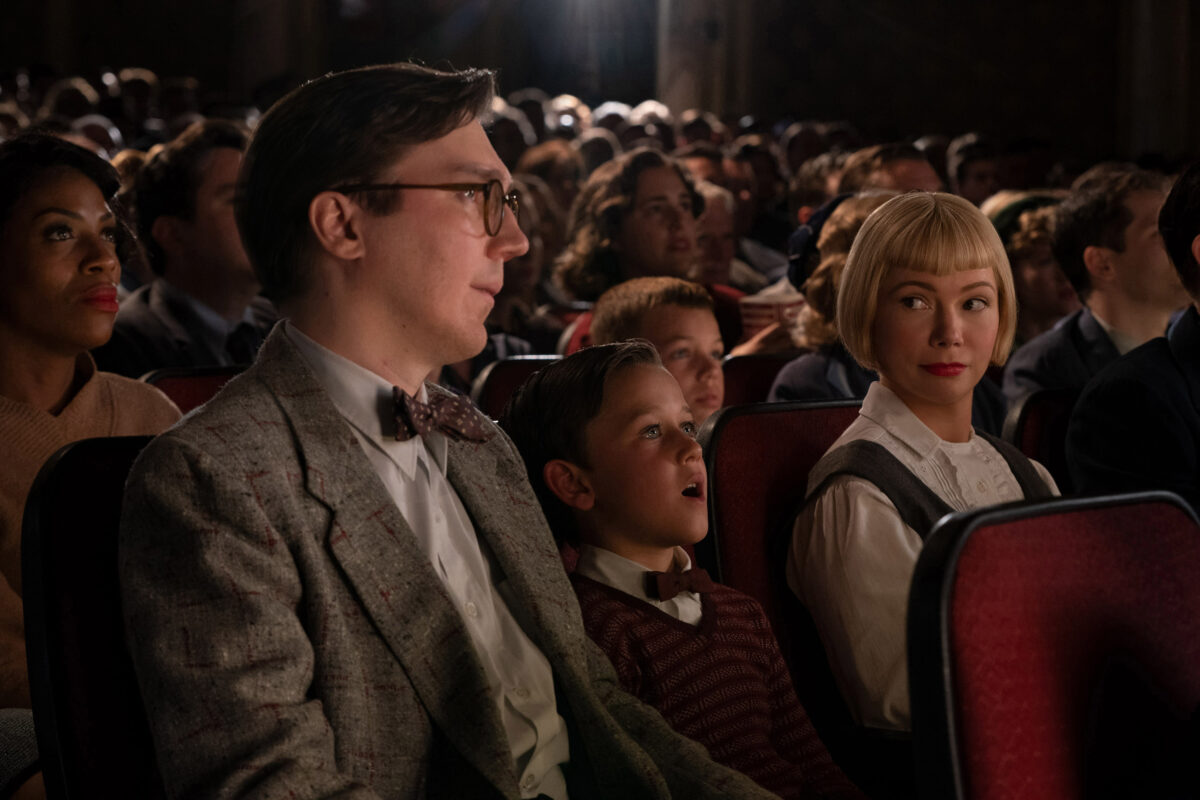
(from left) Burt Fabelman (Paul Dano), Younger Sammy Fabelman (Mateo Zoryan Francis-DeFord) and Mitzi Fabelman (Michelle Williams) in The Fabelmans, co-written, produced and directed by Steven Spielberg.
As much as The Fabelmans is about a better understanding of the people who made him, it’s also a love letter to the art form Spielberg has given his life to. At the beginning of the film, the audience gets to see his earlier home movies — along with how Sammy involves his three sisters in a multitude of ideas he comes up with. Sammy (Gabriel LaBelle) goes through a coming-of-age transformation in his formative teenage years. He gets his Boy Scout friends to act in his western and sci-fi short films, and fully divides into the tedious process of editing and piecing film stock together. It’s a love story that hits a profound fork in the road when Sammy’s very animated uncle Boris (Judd Hirsch) comes into town.
Although his screen time is short, Boris hits Sammy with a bit of truth serum in one particular quote, “Family, art — it will tear you in two and leave you lonely.” There’s no doubt Sammy has the chops to succeed — however, Spielberg and Kushner ask if creativity and domestic lifestyles can live alongside each other. The two sides break the Fabelmans slowly and are only exacerbated when Sammy discovers something through the composition of a family film containing Burt’s best friend, Bennie (Seth Rogen).
The film is a medium where the process is an ever-evolving canvas. You can shape characters and settings to invoke a specific feeling in people — a responsibility Sammy learns as The Fabelmans move forward. However, there’s no camera operator for the motion picture called real life. This film is Spielberg’s way of slowing down his personal Greatest Show On Earth scene. Included are hilarious sequences with Sammy’s first, very religious girlfriend Monica (Chloe East) and struggles as a Jewish person fighting off an anti-Semitic bully. These experiences come together for the greater good of Sammy’s internal makeup.
The cinematography style of Janusz Kamińsk, paired with Spielberg’s trademark camera techniques, gives this film a larger-than-life look. Not as far as to take audiences out of the grounded experience — but place a cinematic flair on how we all contextualize our memories. Spielberg has provided us with stories that will stand the test of time. He saved his most personal one to place his life’s work into complete focus.
Photo Credit: Universal Pictures

